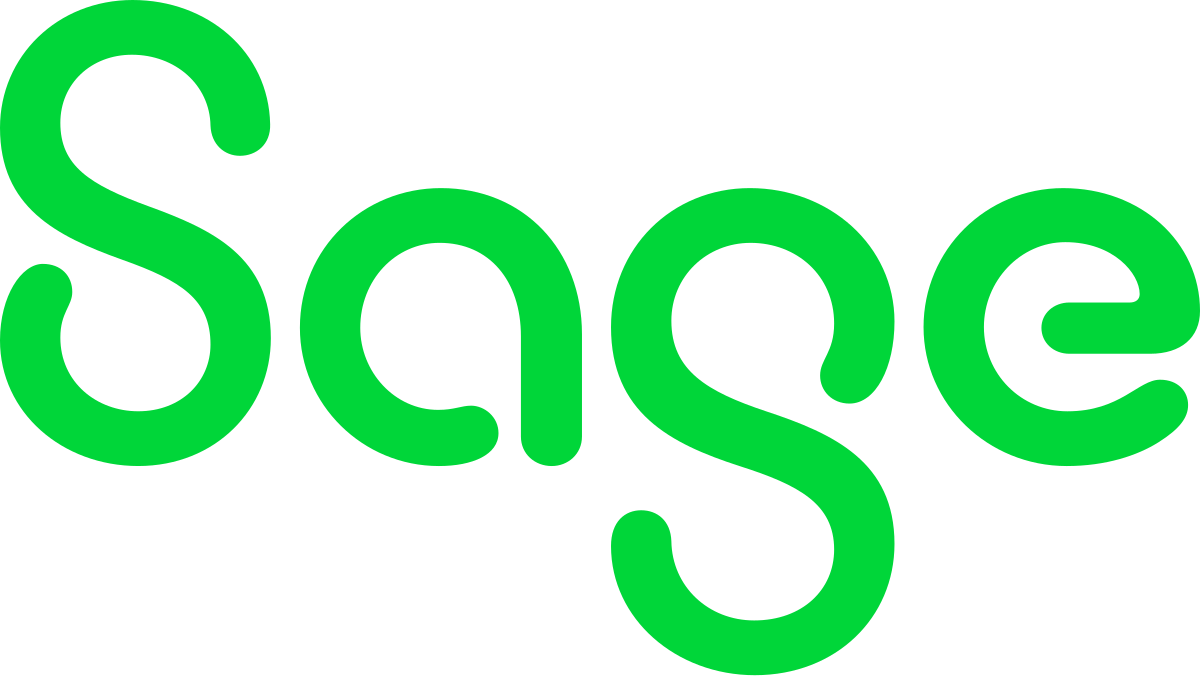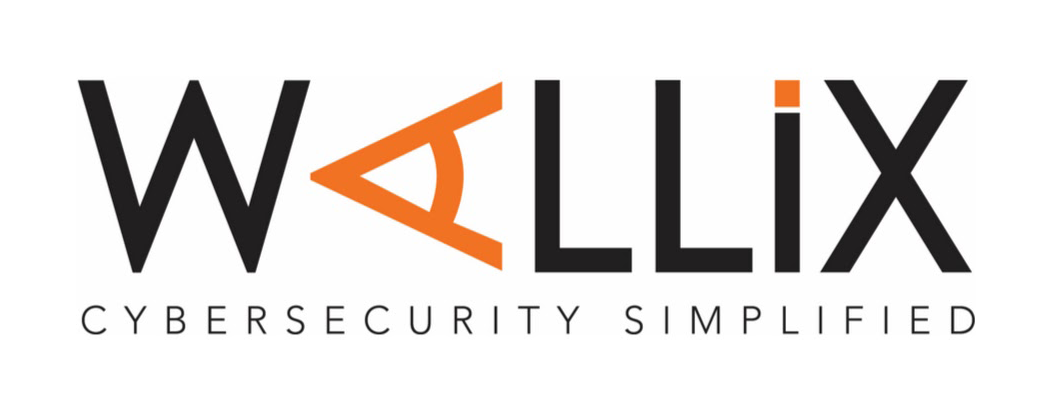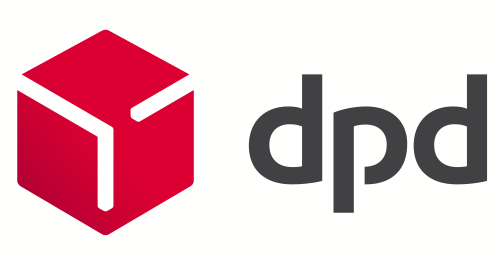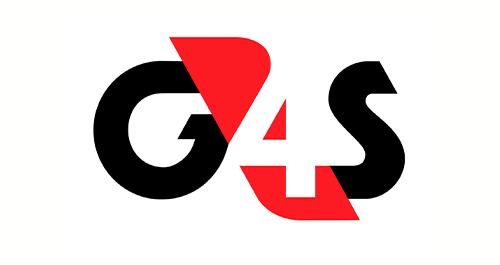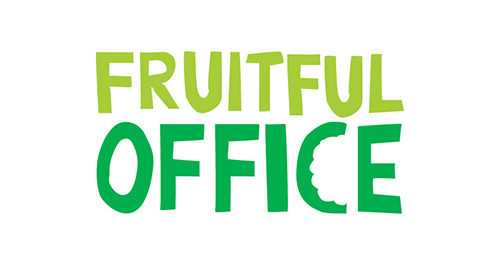How old do you look? The new world of biometric age verification
Blog by Adam | Posted on Monday January 15 2024
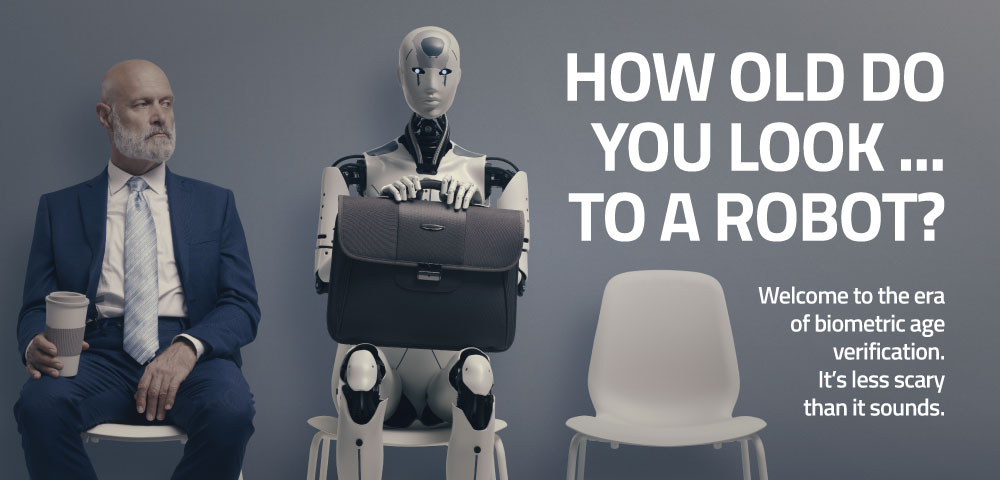
How facial analysis technology is being harnessed for age verification
In the latest twist in the bewildering evolution of digital innovation, facial recognition biometrics have emerged as the latest solution to age verification. Say goodbye to cumbersome identification processes – the future is all about a quick scan and a nod to your own reflection. Still got it.
What makes biometric facial analysis a game-changer for age verification?
Efficiency. Picture this: a seamless, contactless process where your age is verified with a swift glance. Now, I know you don’t want to think you look your age – after all, you’re eating all the right things and avoiding late nights and alcohol, aren’t you … well, most of the time. Surely a machine can’t judge your age accurately? But whether you’re purchasing age-restricted items or accessing digital content, facial recognition actually does a very good job providing a swift and accurate verification process. And in the end, it’s going to enhance your user experience in more and more places.
The magic lies in the algorithms that meticulously analyse facial features, creating a digital signature unique to each individual.
When a facial recognition system analyses your face, it uses a combination of features and a lot of data to make an educated guess about your age. You probably look at hair and skin when estimating a person’s age. So does the digital system. It looks at wrinkles and skin texture, such as the presence and depth of wrinkles around the eyes, forehead and mouth. As you age, your skin naturally loses elasticity and this manifests itself in a number of ways. You know what I mean.
Hair colour and texture both change as we age – it’s not an accurate indicator by itself, as we know genetics play a major role in greying and thinning, but it adds to the overall analysis.
Bone structure also changes as you age. Your cheekbones, chin and jawline all become more prominent and defined as skin loses the plumpness of fat and muscle with each advancing year.
It’s in the eyes
Eyes are apparently the window to your soul, but it turns out they are also a helpful indication of your age. Changes in the shape of your eyelids and the appearance of bags under your eyes give clues to help with estimation.
Biometric facial recognition analysis for age verification has limitations, of course
Facial analysis for age verifcation is not perfect. Several factors can affect its accuracy, including:
- Lighting: Poor lighting can obscure important features and make analysis less accurate.
- Pose and expression: Facial expressions and the angle of your head in the frame can distort features and provide misleading information.
- Ethnicity and genetics: Facial features and aging patterns can differ across ethnicities, leading to potential biases in the algorithm.
- Image quality: Low-resolution or blurry images can limit the information available for analysis.
These limitations are why many technologies that use facial analysis as part of age verification are quite stringent about the image of you they are shown. Well lit, sharp images with the position of the face prescribed (eg. asking you to position you face within a specific area of the frame) are key to the most accurate analysis. Technology will continue to advance and accuracy will improve over the coming years, but the adoption of it as part of a verification process allows much better security and management of access to services.
Essentially, the advances in technology not only mitigate against human error but also add an extra layer of security against fraudulent attempts to verify identity as well as age. It’s like having a digital nightclub bouncer, ensuring only the right access-holders get through those virtual security gates.
What about privacy?
Of course, concerns about privacy are always rumbling in the background. Striking a balance between technological progress and user data protection is crucial. Responsible implementation of biometric age verification (and the use of biometric technology in the wider world), transparent policies, and robust security measures are essential for cultivating trust in the era of biometricfacial recognition.
Facial recognition biometrics are reshaping the way we confirm age – a futuristic blend of efficiency, accuracy, and security. But as we embrace this biometric evolution, it’s essential to tread carefully. We must ensure that the benefits of technological advancement harmonise seamlessly with individual privacy rights. Welcome to a new era of age verification, refocused in the lens of facial recognition biometrics.
So, the next time you’re asked for ID, just give a knowing smirk to the facial recognition camera. Just don’t smirk too hard. Those crow’s feet aren’t going to get any smaller.
If you’d like to get involved in the conversation, join us on Twitter or find us on LinkedIn or Facebook and send us a message.
If you’re interested in how biometrics such as facial recognition and cybersecurity can improve your digital world, get in touch and speak to one of our talented team. We’d love to hear from you.
Get in touch















